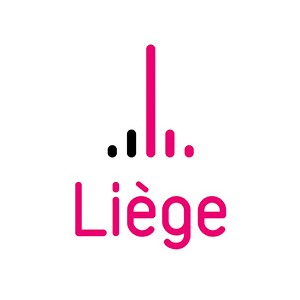Cologne [Germany]

Origins of twinning
 With the signature of the Treaties of Rome in 1957 (that established the European Economic Community, which came into force on 1st January 1958, and the European Atomic Energy Community or Euratom, which came into force in 1967), a twinning agreement between cities from the six founding countries was signed in Liège, on 3rd July 1958, during the General Assembly of European Municipalities.
With the signature of the Treaties of Rome in 1957 (that established the European Economic Community, which came into force on 1st January 1958, and the European Atomic Energy Community or Euratom, which came into force in 1967), a twinning agreement between cities from the six founding countries was signed in Liège, on 3rd July 1958, during the General Assembly of European Municipalities.
Description of the city
Cologne is a one thousand year old city located in the state of North Rhine-Westphalia. With its population of one million, it is the fourth biggest city in Germany and the largest in North Rhine-Westphalia.
The Rhine river flows through the city and its favourable geographic location has made it a crossroads in Europe since the Middle Ages. In addition to its rail assets (several TGV - Thalys and ICE services, a "hub" station for regional, national and international rail services), the city possesses an international airport located 20 minutes away from the city centre. Furthermore, the city can be easily accessed by car via the road and motorway network.
The University of Cologne, founded in the 14th century, is still one of the leading educational institutions in Germany.
The City of Cologne has several well-known natives: Konrad Adenauer, mayor of Cologne in 1917, then German Federal Chancellor in 1949; Heinrich Böll, writer and Nobel Literature Prize winner in 1972; Georg Simon Ohm, professor of physics, known for publication of Ohm's law in 1827; Kurt Alder, professor of chemistry, Nobel Chemistry Prize winner in 1950.
Among the best known tourist attractions, the following are worthy of note:
- The Gothic Cathedral (Dom)
- The many other churches (often Romanesque)
- The Wallraf-Richartz Museum
- The Ludwig Museum
- The Romano-Germanic Museum
- The Chocolate Museum
- The Eau de Cologne Museum
- The old district and its streets between the City Hall and the Rhine
- The old districts and old buildings
- The city's modern architecture
- The Exhibition Centre
- The Rheingarten, an oasis of green located between the old district and the Rhine
- The Deutsches Sport und Olympia Museum (Museum of Sport and the Olympic Games) covering the history of sport from the Antiquity to the present day
- Its famous carnival (the Rosenmontag - Rose Monday)
- Its Christmas Markets
- Its university "Universität zu Köln": an establishment with a student population of 44,000 students, one of the biggest in Germany
- ...


![Cologne [Germany] News image - click to view full image](https://www.liege.be/en/municipal-life/international/twinning-and-partnerships/cologne-germany/@@images/1603da79-4b54-4d8d-b9ff-7e93cc3d79a6.jpeg)